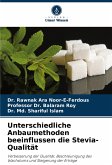
Broschiertes Buch
Verbesserung der Qualität, Beschleunigung des Wachstums und Steigerung der Erträge
24. Dezember 2024
OmniScriptum / Verlag Unser Wissen
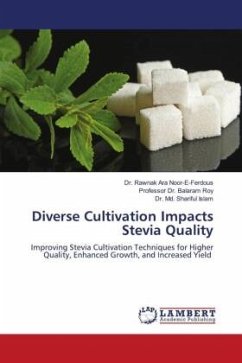
Broschiertes Buch
Improving Stevia Cultivation Techniques for Higher Quality, Enhanced Growth, and Increased Yield
18. Januar 2024
LAP Lambert Academic Publishing
Broschiertes Buch
Améliorer la qualité, accélérer la croissance et augmenter les rendements
24. Dezember 2024
Editions Notre Savoir / OmniScriptum
Broschiertes Buch
Migliorare la qualità, accelerare la crescita e aumentare i rendimenti
24. Dezember 2024
Edizioni Sapienza / OmniScriptum
Broschiertes Buch
Melhorar a qualidade, acelerar o crescimento e aumentar os rendimentos
24. Dezember 2024
Edições Nosso Conhecimento / OmniScriptum
Broschiertes Buch
Poprawa jako¿ci, przyspieszenie wzrostu i zwi¿kszenie plonów
24. Dezember 2024
Wydawnictwo Nasza Wiedza
Ähnliche Artikel
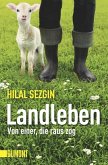

Broschiertes Buch
A Successful Grower's Handbook for Small-Scale Organic Farming
1. März 2014
New Society Publishers
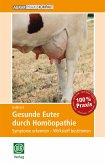
Broschiertes Buch
Symptome erkennen - Wirkstoff bestimmen
1. Auflage
8. Januar 2020
DLG

Broschiertes Buch
How to Create It, Manage It & Profit from It, 2nd Edition
2nd edition
1. August 2019
Green Park Press

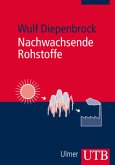
9,49 €
Versandfertig in 2-4 Wochen

18,99 €
Versandfertig in über 4 Wochen
Broschiertes Buch
Breeds, Care, Marketing
3rd edition
29. Januar 2013
Storey Publishing
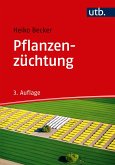
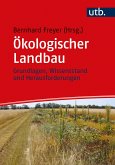
Broschiertes Buch
Grundlagen, Wissensstand und Herausforderungen
5. Dezember 2016
Haupt / UTB
4639
Ähnlichkeitssuche: Fact®Finder von OMIKRON
